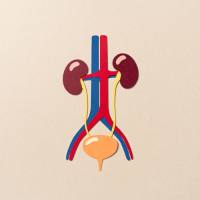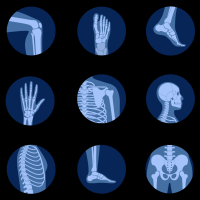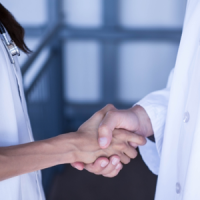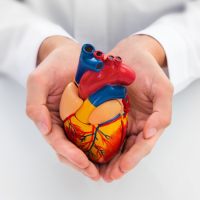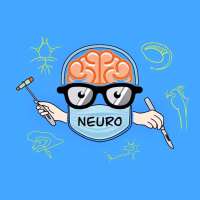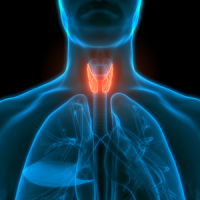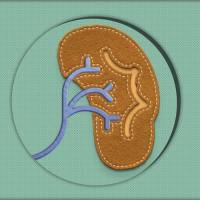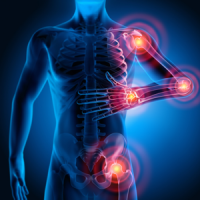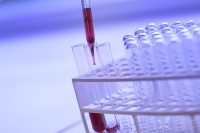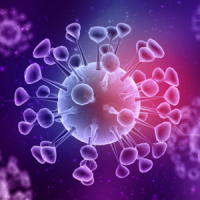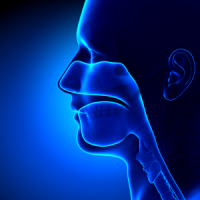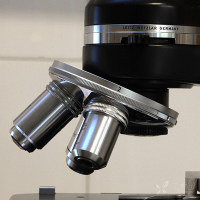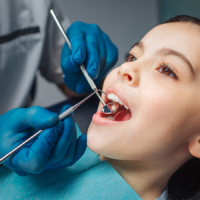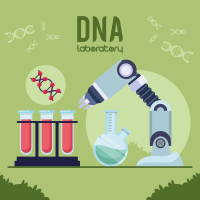【共享】Bailey - Surgical Textbook外科.pdf
1 Introduction to surgery.
Basic surgical principles
2 Diagnostic and interventional radiology
3 Wounds, tissue repair and scars
4 Critical care; fluid, electrolyte and acid—base balance; blood transfusion
5 Nutritional support and rehabilitation
6 Anaesthesia and pain relief
7 Wound infection
8 Special infections
9 Acquired immunodeficiency syndrome (AIDS)
10 Sterile precautions
11 Transplantation
12 Tumours. Cysts. Ulcers. Sinuses
13 Plastic and reconstructive surgery, skin lesions
14 Burns
15 Arterial disorders
16 Venous disorders
17 Lymphatic system
18 Accident and emergency surgery
19 Warfare injuries
20 History taking and examination in musculoskeletal disorder
21 Fractures and dislocations
22 Problems in the shoulder and elbow
23 The pelvis and lower limb
24 Diseases of bones and joints: infections
25 Diseases of bones and joints: tumours
26 Diseases of bones and joints: generalised disease and chronic joint disorders
27 Children’s orthopaedics: normal developmentand congenital disorders
28 Children’s orthopaedics: diseases of the growing skeleton
29 Disorders of muscle, tendons, ligaments; sports medicine
30 Wrist and hand
31 The foot
32 Neurological disorders affecting the musculoskeletal system
33 The spine, vertebral column and spinal cord
34 Nerves
35 The cranium (scalp, skull, brain)
36 The eye and orbit
37 Cleft lip and palate. Developmental abnormalities of the face, palate, jaws and teeth
38 Maxillofacial injuries
39 The nose and sinuses
40 The ear
41 Oral and oropharyngeal cancer and precanc er
42 Salivary gland disorders
43 Pharynx, larynx and neck
44 The thyroid gland and the thyroglossal tract
45 The parathyroid and adrenal glands
46 The breast
47 The thorax
48 Heart and pericardium
49 Anastomoses
50 The oesophagus
51 Stomach and duodenum
52 The liver
53 The spleen
54 The gallbladder and bile ducts
55 The pancreas
56 The peritoneum, omentum, mesentery and retroperitoneal space
57 The small and large intestines
58 Intestinal obstruction
59 The vermiform appendix
60 The rectum
61 The anus and anal canal
62 Hernias. Umbillicus. Abdominal wall
63 Urinary symptoms. Investigation of the urinary tract. Anuria
64 The kidneys and ureters
65 The urinary bladder
66 The prostate and seminal vesicles
67 The urethra and penis
68 The testis and scrotum
69 Day surgery
70 Principles ofLaparoscopic surgery
71 Audit in surgery
72 Clinical trials/statistics
73 Theatre safety
74 Surgical ethics







